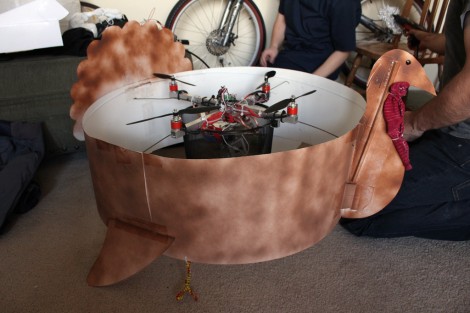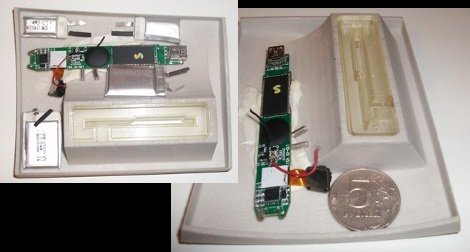
The challenge: can you build a flying turkey that drops pumpkin pie bombs? That’s the question that Utah Aerials asked themselves and they did manage to make it happen. Of course they’re not starting from scratch, but adding a little holiday cheer to an existing quadcopter in the form of a spray painted turkey fuselage. The cheapest pumpkin pie they could find was hung from the copter with care, and dumped thanks to a servo motor. Check the video after the break to see if they were able to hit their balding-bullseye or not.
Seems like the wicked witch music should have been the background for that video.
Continue reading “Thanksgiving Turkey Quadcopter Shenanigans”
















